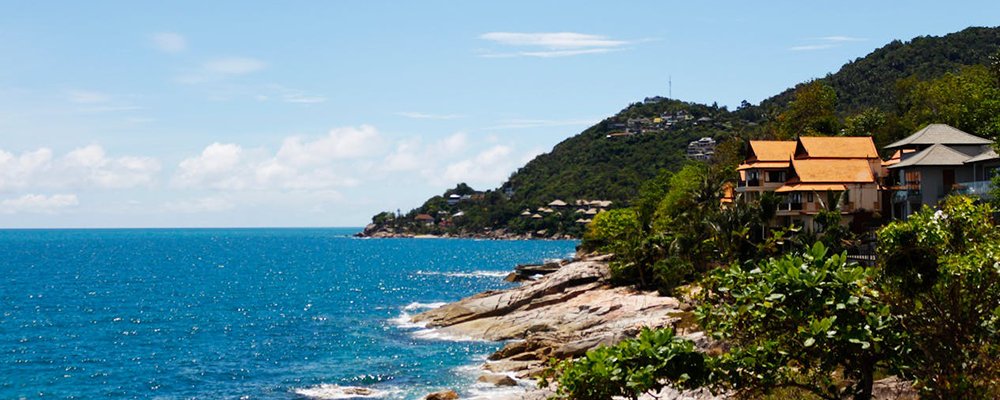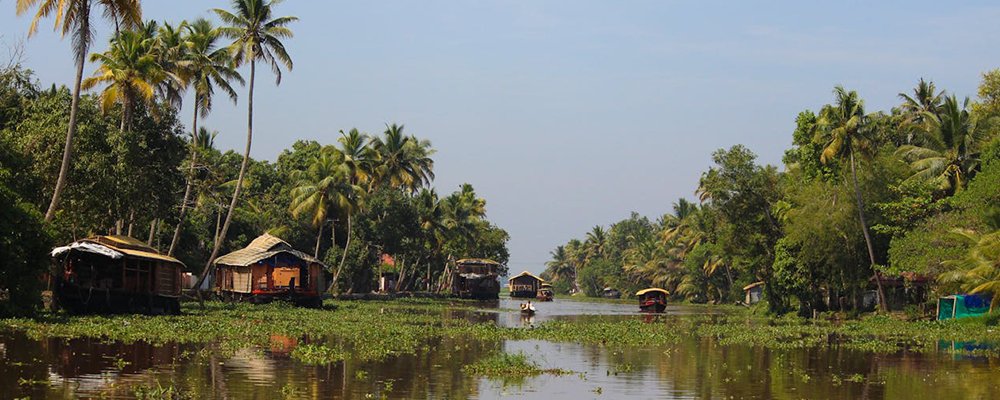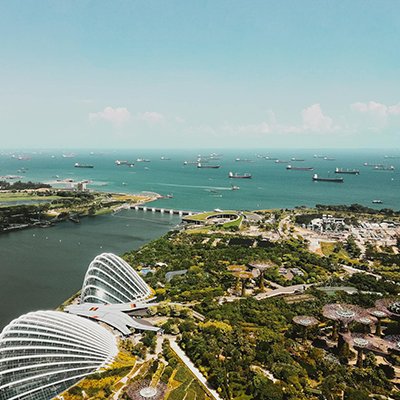Tourist hotspots, renowned for their attractions and cultural heritage, often face significant pollution challenges impacting ecosystems, a country's economy, and human health. It destroys popular tourist destinations that travelers are lured to by pretty Instagram pictures that no longer resemble the actual scene.
Smog and haze can obscure iconic landmarks, and polluted beaches with plastic debris discourage seaside tourism. Water pollution, often caused by industrial waste, sewage, and oil spills, compromises aquatic ecosystems and reduces the attractiveness of water-based activities such as swimming, snorkeling, and diving. Land pollution, including littering, illegal dumping and mining, tarnishes the visual appeal of tourist hotspots and damages ecosystems, discouraging eco-tourism and nature-based activities. Additionally, pollution poses health risks to tourists as it can lead to respiratory issues, infections, and other illnesses. Countries that rely heavily on the tourist dollar, such as the Maldives, Thailand, and the Mediterranean, all face significant challenges in striking the right balance between environmental preservation and economic growth. Furthermore, negative publicity surrounding pollution, as reported by media and social platforms, can tarnish a destination’s reputation, making it less attractive to potential visitors.
Tourists wanting healthy, green, and eco-friendly spaces to travel to should reconsider their desire to visit the places below unless they are prepared to wear a face mask, buy bottled water, and be careful about what they put in their mouths.
The countries listed below are just a few examples of destinations facing challenges associated with being loved to death by tourists.
Bali, Indonesia
Bali’s natural world and cultural heritage are being eroded by unchecked development spurred on by overtourism. While the country's economy is driven by tourism, this relationship is fragile. The country that's long been touted as a paradise by tourists is gaining an ugly reputation. Pristine beaches are being buried under piles of trash. Waste management systems are unable to cope with the number of people, and the necessary infrastructure, such as roads, is overwhelmed by the volume of vehicles. Rampant construction is transforming the country's face.

Koh Samui, Thailand
The stunning environment of Koh Samui has long suffered from too many tourists. Now with the HBO series 'The White Lotus’ being filmed on this lush mountainous island, its tourist numbers are ballooning as they chase decadent villa and luxury resort vacations. It's estimated that there is around 200,000 tons of waste backlog hidden in landfill that no one has a long-term solution for, especially when you consider that about 180-200 tons of waste is created each and every day to add to this stinky underground tumor. Unchecked and unregulated development is occurring in what remains of its pristine mountainous environment, pushing human boundaries even further into its natural and once bewitching tropical world.
Mount Everest
Once it took skill to trek Mount Everest; sadly, today it's more about whether you have the money to pay a local worker to help you achieve your goal. This beautiful, sacred mountain, once a haven for wildlife, is being degraded by the sheer number of trekkers on crowded trails leaving behind their trash and human shit running down the slopes. Over the years farming villages along the Everest Base Camp Trek have morphed to wear the face of hotels and teahouses to cater to the trekking crowd. This increase in overcrowding is estimated to generate approximately 1,742 pounds of waste daily. With visitor numbers doubling over the last 25 years, the region cannot cope with the limited infrastructure that it has. All trash has to be physically carried out. Still, much ends up in landfill or is merely left on the trail by careless tourists, which pollutes the water sources.

Kerala, India
Over-tourism is taking its toll on what was once dubbed 'God's Own Country'. Once pristine, the southern Indian state of Kerala is now suffering from a lack of regulatory growth in its tourism industry. The degradation from overdevelopment has led to environmental disasters on a massive scale, with significant losses of life due to landslides. Sixty percent of India's 3,782 landslides have occurred in this region due to the obstruction of natural water flows, creating havoc in its ecosystems. Vembanad Lake, one of India's most significant wetland ecosystems, is shrinking due to the floods. It's also threatened by the unregulated development of resorts being built and the increase in the number of tourist houseboats floating on its backwaters. Houseboats create an environmental disaster from the disposal of unregulated wastewater, oil leaks from engines, untreated sewage being pumped out, and the general rubbish often dumped into the lake, destroying the lake's water quality and aquatic life.
Worldwide tourist destinations need to face up to their own individual pollution issues to ensure these regions remain attractive destinations for traveling generations to come.
Gail Palethorpe, a self proclaimed Australian gypsy, is a freelance writer, photographer and eternal traveller. Check out her website Gail Palethorpe Photography and her Shutterstock profile.















